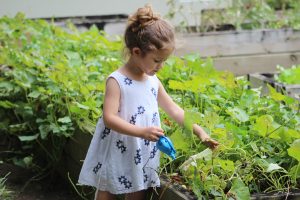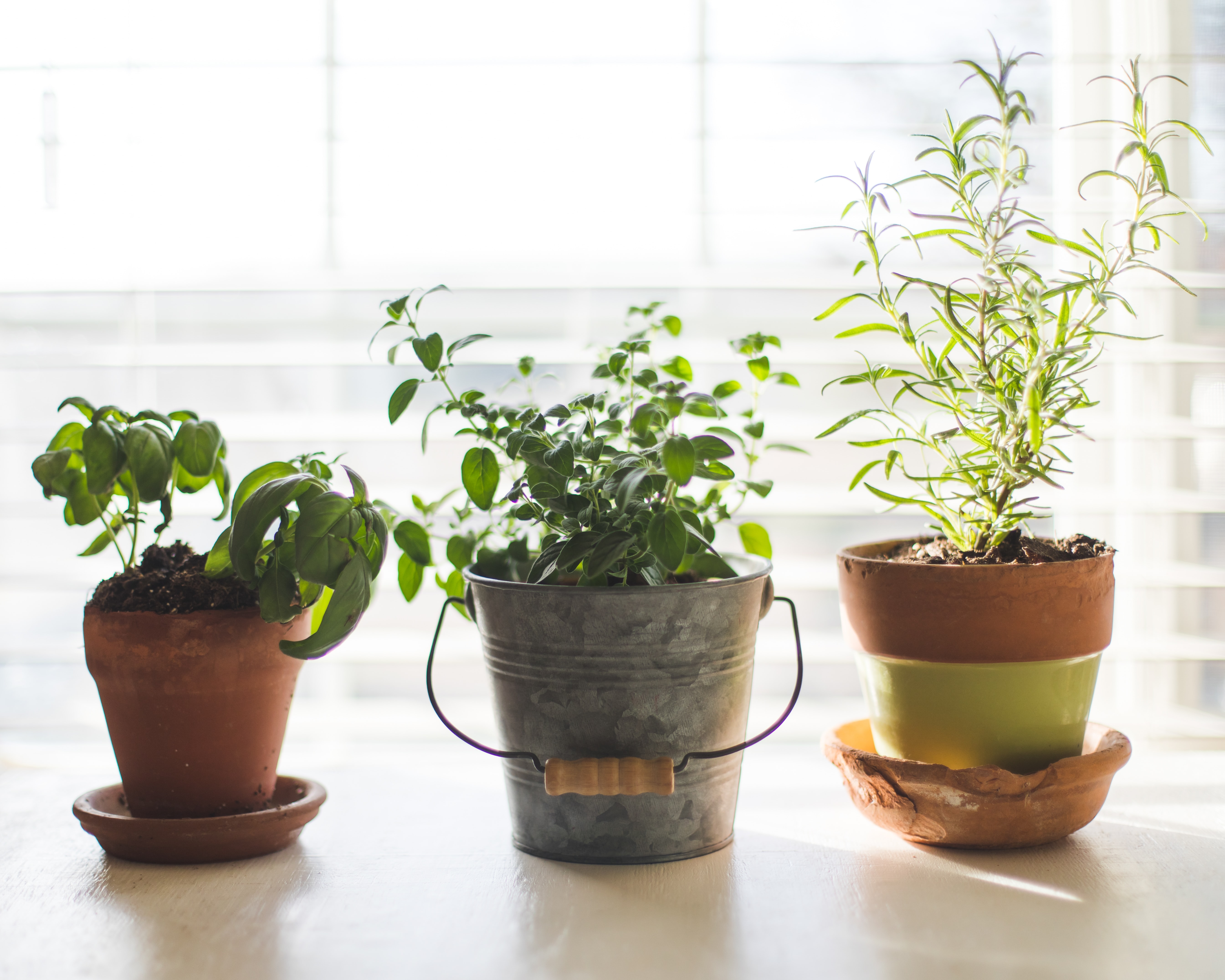It is refreshing to grow your own fresh herbs, fruits or vegetables in your kitchen. Not just because you eat them but also because some are natural air purifiers.
Unfortunately due to social distancing requirements, large communal gardens are not a viable option right now. What’s more, many urban residents aren’t afforded much green space. But that doesn’t mean we can’t pack micro-farms onto our window sills, porches, balconies and fire escape with the help of some modern gardening gadgets.
What are you growing?
Your planning starts with your choice of what you are going to grow. Growing herbs, for example, is different from growing greens or flowers. They all have different lighting and water needs. Your choice of growing pots and spot will also be determined by the plants you decide to bring indoors.
If you opt for herbs, your best choices are rosemary, basil, and mint because they thrive under limited sunlight. However, you cannot grow mint and other herbs together due to their scattered growth patterns.
If you opt for greens, your best option is micro-greens. Sprouts do not do well indoors, plus they harbor bacteria that you don’t want to bring to your living spaces. Micro-greens are great because they are as delicious as common greens (they actually make the best salad and garnish for main dishes) and they don’t grow too large. Some of your best micro-green options include lettuce, watercress, and spinach. You can hang those from your kitchen ceiling or grow them on your kitchen counter. If you have a big kitchen space, you can grow cabbages in a large pot.
Do you have enough sunlight?

Providing sufficient water and air for your indoor garden can be challenging, but definitely not as challenging as managing the lighting conditions in a confined space. You, therefore, have to be very careful about the sun requirements of the plants you choose. If they need continuous sunlight, the best thing to do is forget about them and find an alternative. Cacti, succulents and Ficus, for example, require at least 6 hours of bright sunlight per day to be optimally healthy. Don’t bring them indoors if you don’t have a south-facing window that gets at least 6 hours of intense sunlight per day. Examples of indoor plants that do not require too much light are pothos and Chinese evergreens. Those will do well under a shadow or with little, indirect light.
If you cannot provide the kind of light your houseplants need from a natural source (by placing them near a window), you can always mimic the sun by installing LED grow lights. Tech advancement has brought about quality grow lights that offer the full spectrum of light that indoor plants need. You just need to place them near your plants and keep them on for half a day, or 16 hours a day if you are growing cacti.
How to start an indoor garden
Now that you know which plants you are growing and their lighting needs, proceed to create your garden:
- Prepare your jars (pots) by cleaning them (especially if you are using repurposed containers) and fill its bottom with a small layer of pebbles. Those are needed for proper drainage especially for glass jars. If you are using plastic jars, you can poke a few drainage holes at the bottom.
- Fill each jar up with compost about ¾ of the way full.
- Add organic potting soil on top. The soil can be 2-3 inches thick and at least an inch below the top of the container. Ensure that the surface is smooth. If your soil isn’t smooth enough, sift it through a mesh sieve.
- Scatter the micro-green seeds of your choice over the surface of the soil and cover them with a thin layer of soil.
- Gently shower the seeds using a water can and then put the pots in a drip tray where they will stay for a few days. Place the drip tray under grow lights, or in the balcony with sufficient lighting, and be watering them once in a while. Ensure that the soil is never too moist or dry. Keep doing that even after the greens germinate.
- You have a garden now. Remember to water it regularly and to provide it with sufficient lighting.
Conclusion
It is refreshing to grow your own fresh herbs, fruits or vegetables in your kitchen. Not just because you eat them but also because some are natural air purifiers. You will save yourself from respiratory problems and at the same time eat healthy without spending too much.


Join the conversation!